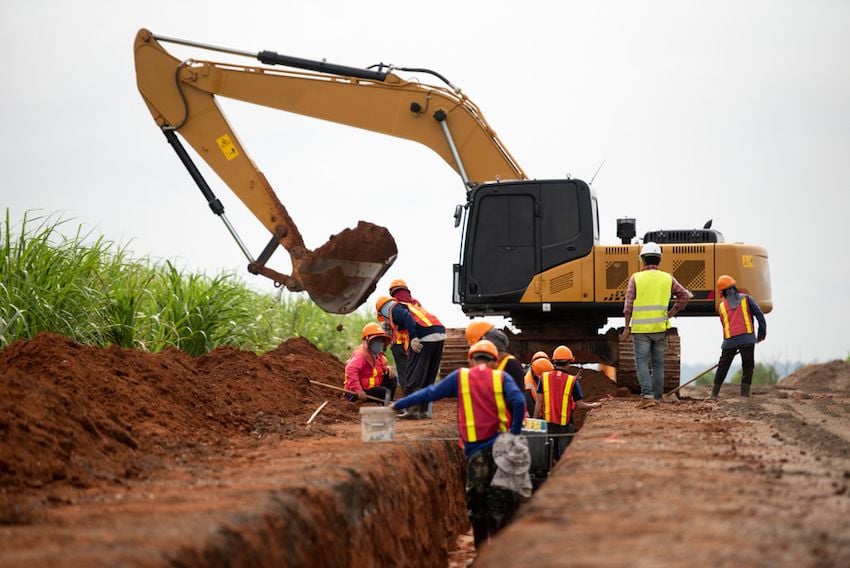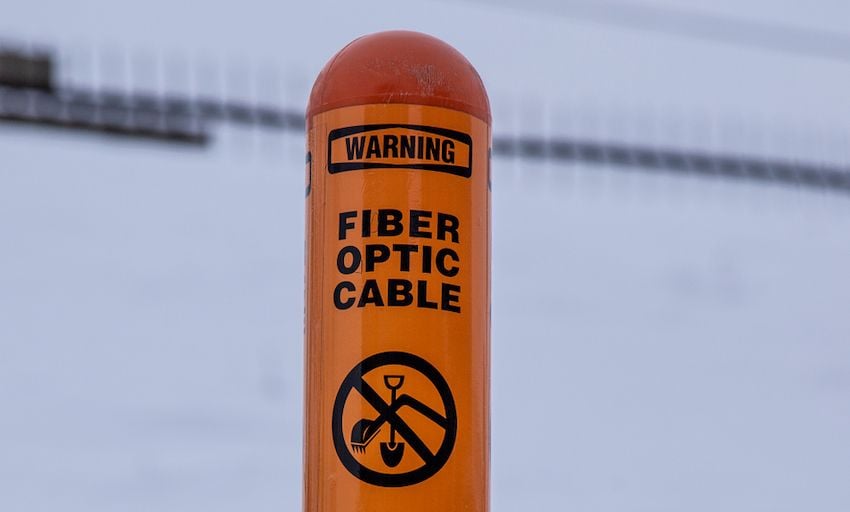According to the Common Ground Alliance (CGA), excavators damaged more underground telecommunications facilities in 2019 than they did natural gas, electric, and water and sewer facilities combined. In fact, there were nearly 205,000 telecom damage events—nearly double that of gas.
Telecoms are spending a colossal amount of money to install fiber assets—more than $144.2 billion over a five-year period, according to an International Telecommunication Union report. If telecommunications companies established infrastructure damage prevention programs, they can expect the number of damages to new 5G assets as well as existing assets to decrease. They’d enjoy a slew of other benefits, including those outlined below.
Why telecommunications companies should have damage prevention programs
1. Stop service outages
Service outages are an ordeal for telecoms. When outages occur, it takes time to identify the culprit, dispatch workers, reroute service, and resolve the issue. All the while, the company is inundated with complaints from disgruntled customers and requests for comment from media outlets.
Today’s telecommunications customers expect fast speeds and reliable service, so outages must be kept to a minimum. Establishing a program that focuses on physical cable protection will help telecoms prevent excavation accidents that cause outages before they happen.
2. Save money on cable repairs
Damages to underground infrastructure are incredibly costly. The indirect and direct costs of damages to buried utilities in the US in 2019 was $30 billion, according to the CGA. One study found that a single damaged telecommunications facility located at a major arterial road caused $330,000 in traffic disruption alone.
Damage prevention programs help telecommunications companies save money on repairs by reducing the need for them in the first place.
3. Retain customers
People won’t always be satisfied with their gas, electric, or water and sewer companies, but unless they relocate, they’ll always use their services. The same isn’t true for telecommunications companies.
Customers have options for cellular, internet, and cable services, and big-name companies offer appealing promotions for them to switch. By investing in damage prevention, telecoms reduce the number outages due to accidental cable cuts. Their customers get more reliable service and, therefore, less motivation to take their business elsewhere.
4. Avoid unwanted media attention
When a telecommunications outage occurs, news stories usually aren’t far behind. Even national outlets with large readerships take notice when the consequences of a cut cable are particularly widespread.
For example, NPR, CNN, and the Associated Press, among others, published articles discussing the severed fiber optic cable that shut down Virginia’s voter registration system on the last day Virginia residents could register to vote in the 2020 November general election. A few months later, publications including The New York Times covered a cut fiber optic cable in Brooklyn that was initially thought to have disrupted service to at least 2,000 customers on the East Coast.
Unfavorable media attention tarnishes a telecom's brand over time. When telecoms create damage prevention programs, they can better predict where excavation accidents are likely to occur so they can intervene.
Read: 4 Fiber Outages that Show Telecom Damage Prevention is Critical
5. Keep essential services connected
When you think of service outages, you may think the most drastic consequence is that customers are inconvenienced. But, the aftereffects can actually be more extreme.
In recent years, there have been several cases of cut cables disrupting service to 911 call centers. In January 2021, for example, residents in 14 Pennsylvania counties were unable to call 911 for several hours when construction crews accidentally cut two different fiber lines, according to the news outlet abc27.
Damage prevention programs help prevent cable damages that negatively affect businesses that provide essential services such as 911 call centers and hospitals.
Also see: Damage Prevention and the Challenges of Keeping Communities Safe During a Pandemic
6. Stymie social media mobs
Twenty years ago, dissatisfied customers expressed their displeasure with their phone and cable provider by contacting customer service and grumbling to their family and friends. Today, they take to social media.
Telecom customers will always find plenty to complain about. But by preventing outages from cut cables, telecoms reduce the chances of trending for all the wrong reasons.
Telecommunications companies’ investment in fiber infrastructure is showing no sign of slowing. Establishing a program specifically for fiber and other cable protection will allow them to reap the benefits discussed here.
For more on infrastructure damage prevention, check out “How to Reduce Utility Damages Straight from the Experts.”

